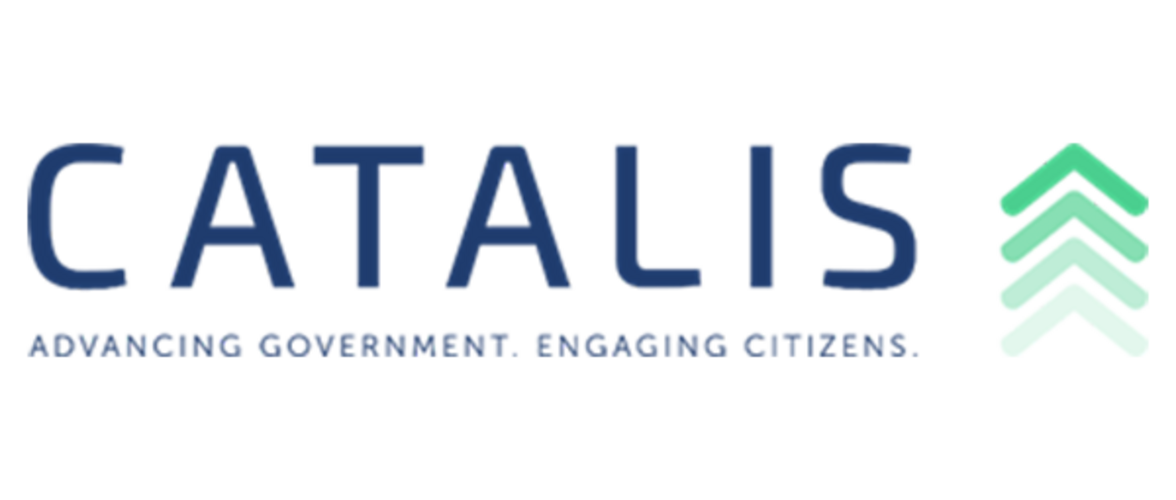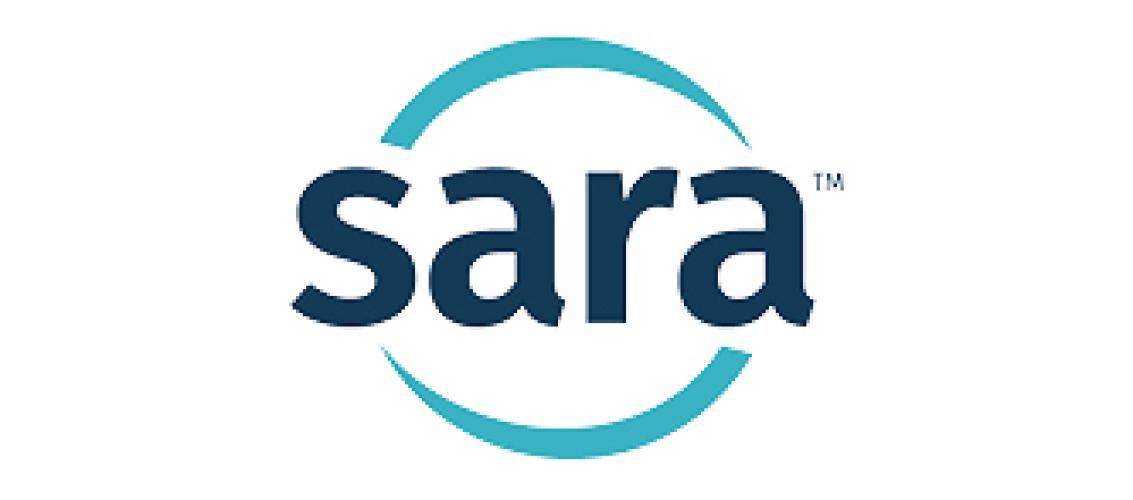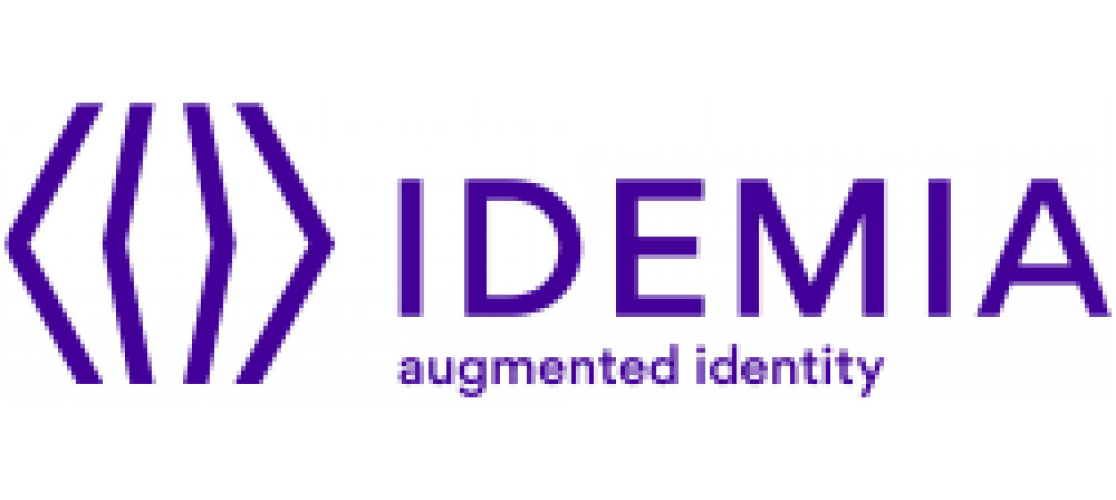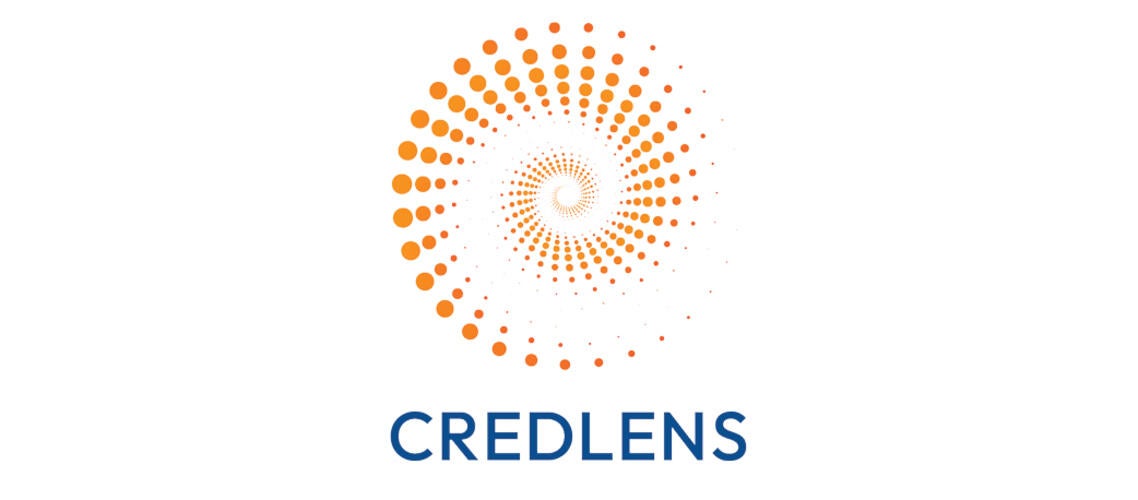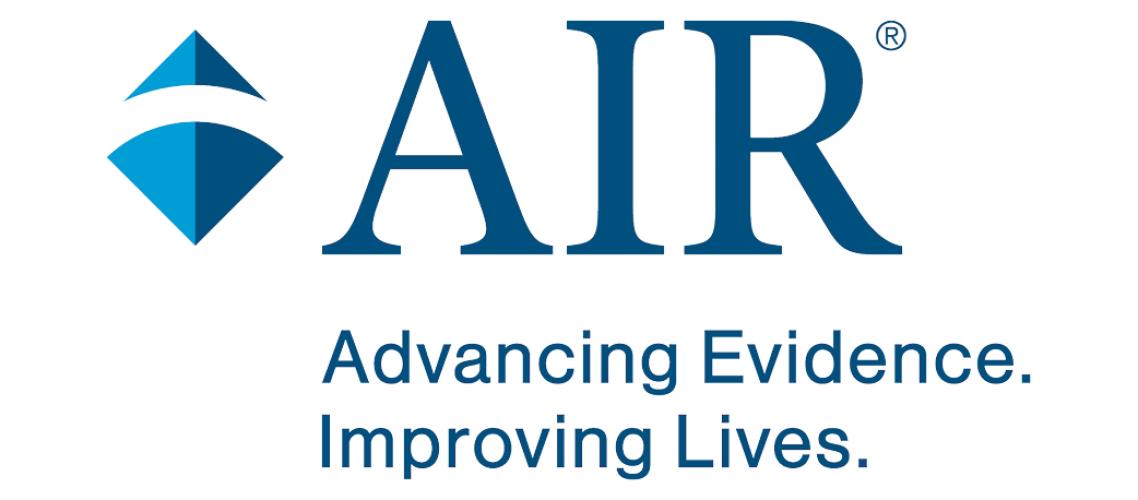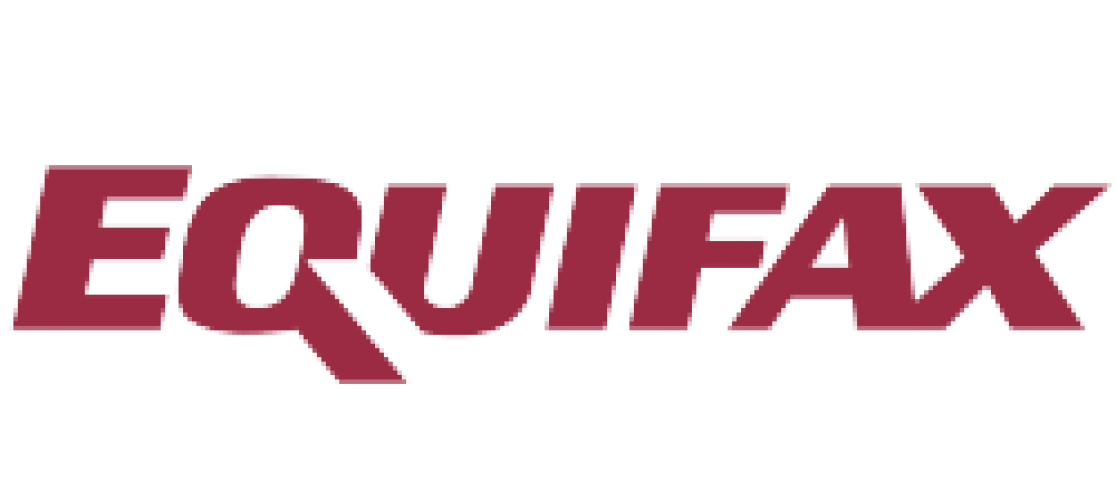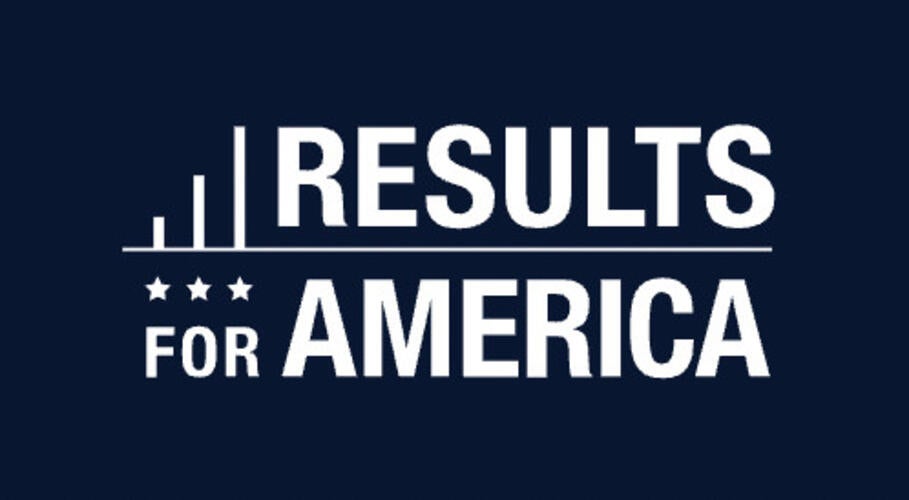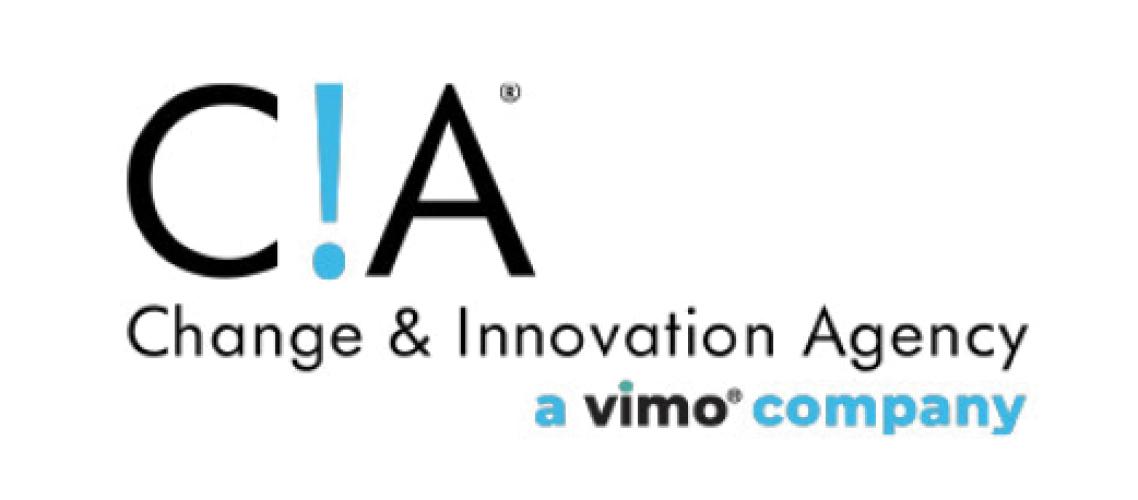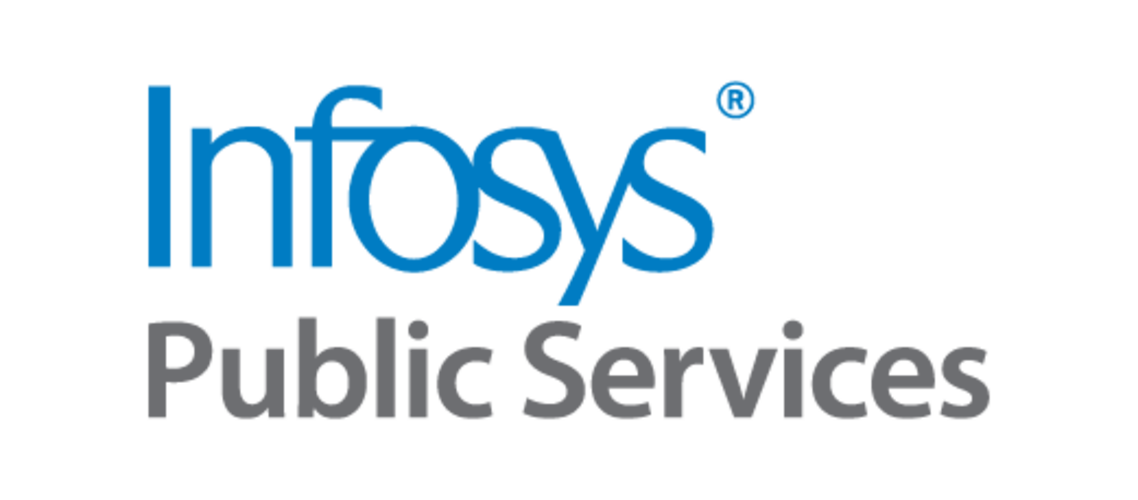
2025 Legislative Priorities
The National Association of State Workforce Agencies (NASWA) publishes its priorities annually on behalf of state workforce agencies. They are developed in collaboration with members through 10 national policy committees, approved by the board of directors, and circulated to membership.
WORKFORCE DEVELOPMENT
Enhance federal funding
- Increase funding in Workforce Innovation and Opportunity Act (WIOA) programs and increase investment for governors’ statewide needs to 20%. Inflation has resulted in a decline of WIOA dollars at a time when we seek to provide American workers with more access to skills training, education, rapid response, and other needed workforce services aligned with industry and employer needs. (Note that states should have an option of reserving a lower percentage for governors’ statewide needs if they so choose.)
- Increase permanent funding for the Wagner-Peyser Act to modernize the career services and job coaching infrastructure and provide American businesses more support with hiring, retention, and job quality. Comprehensive job search assistance is a proven cost-effective service for unemployed jobseekers and is critical to combat unemployment and smooth labor market transitions.
- Job coaching and career navigation are essential career services offered through American Job Centers, connecting workers to the labor market and promoting economic vitality in our communities.
- Provide adequate funding to enable innovative practices and effective hybrid (virtual and in person) service delivery systems to meet changing customer needs and expectations.
- Crucial needs across the Wagner-Peyser program and other WIOA programs include staffing, the adoption of new service models combining in-person and virtual services, supporting modernization efforts, cyber security, data standardization, and technical assistance.
- Provide sufficient overall funding instead of short-term, episodic, and/or competitive funding opportunities that disrupt planning and hiring, waste critical resources on repeat startup or shutdown activities, and create access barriers for some states, especially small states, with limited grant-writing resources. Instead of intermittent and competitive funding opportunities, such as one-off apprenticeship and career pathways grants, workforce systems would be more effective with increased dedicated funding for core WIOA programs including sufficient funding for one stop American Job Center infrastructure and technologies. Reliable funding is vital to build long-term capacity and promote innovation for workforce development at the state and local levels.
- Establish new dedicated funding for states to create and scale statewide and regional sector strategies
- Scale up apprenticeships by authorizing ongoing dedicated funding. The U.S. Department of Labor’s State Apprenticeship Expansion Formula (SAEF) funds are a meaningful step in the right direction for providing dedicated apprenticeship funding to states. However, Congress and the U.S. Department of Labor should build on this progress by providing additional and more reliable formula funding to states for apprenticeship.
- Include sufficient funding for technical assistance to states to foster stronger cross-sector partnerships between workforce and apprenticeship entities.
- Provide all states with access to the existing federal apprenticeship reporting system so that states can leverage apprenticeship outcomes data to enhance decision-making and support program partnerships.
- Establish new dedicated funding for states to administer the Migrant and Seasonal Farmworkers (MSFW) program to help America’s agricultural and related businesses compete in the global marketplace and support consumers. This should be done in a manner that does not reduce existing funding for the Wagner-Peyser program.
- Support the states’ abilities to promote equal opportunity in workforce programs. Provide training and/ or funding for states to deliver nondiscrimination training to state and local equal opportunity officers, organizations, and vendors receiving WIOA grants. Require consistent reporting elements on limited English proficiency between the U.S. Department of Labor’s Civil Rights Center and the Employment and Training Administration.
- Continue funding of the Reemployment Services and Eligibility Assessment (RESEA) program at full authorization levels which has a proven track record of accelerating unemployment insurance (UI) beneficiaries’ return to work and the additional benefit of reducing UI payments.
- Reauthorize and adequately fund the Trade Adjustment Assistance (TAA) program to support workers negatively impacted by international competition in finding meaningful employment opportunities. Include flexibility as a part of TAA so that states have discretion to utilize funds for other dislocated workers and for incumbent and new worker training and upskilling to prevent additional offshoring.
Increase flexibility for states
- Promote flexibility by allowing states to use funding across WIOA programs (including the Adult, Dislocated Worker, and Youth programs) to better anticipate future labor market disruptions and help workers not traditionally eligible for assistance and at-risk incumbent workers prepare for labor market success.
- Grant states flexibility under WIOA to better serve and expand access for youth, underserved individuals, and workers at high risk of displacement. Where possible, policymakers should work to broaden eligibility requirements for WIOA programs.
- Expand eligibility for the WIOA Dislocated Worker program to include the following: (1) workers in industries and occupations that are at risk of being unemployed due to disruption from technological change, trade, and other economic trends; (2) individuals in nontraditional employment settings (e.g., independent contractors); (3) asylum seekers and refugees; and (4) justice involved individuals re-entering the workforce and seeking quality jobs with clear career advancement opportunities.
- Enable states to expand eligibility for the WIOA Youth program to include recent high school graduates, up to the age of 24, who are struggling to secure employment and refugee youth in need of additional support.
- Provide states with flexibility to determine the percentage of WIOA Youth program funds that are allocated to in-school and out-of-school youth based on local labor market needs.
- Allow state flexibility for Wagner-Peyser staffing by providing states with discretion to administer the Employment Service program with state and/or local employees, contractors, other personnel, or a combination that works best for each state. This should be paired with greater flexibility for Migrant Seasonal Farmworker (MSFW) staffing to enable states to adjust staffing levels (e.g., across seasons) to better serve customers and improve state workforce agency operations.
- Provide greater flexibility across WIOA programs to publicize the workforce system and conduct outreach to better engage employers, underserved communities, and priority populations in the workforce system’s resources, services, and supports.
Enhance services to veterans and military spouses
- Maintain and safeguard the vital role of veteran’s programs in the workforce development system. NASWA opposes any efforts to separate veteran’s programs from the U.S. Department of Labor. The state workforce system is best suited to serve veterans, transitioning service members, and military spouses because of its alignment and integration with employment and career services and access to other state and federal workforce programs found in the American Job Centers. This includes serving veterans facing significant barriers to workforce re-entry while avoiding duplication of federal job training, education, and human resource programs.
- Rename the Disabled Veteran Outreach Program (DVOP) to more accurately reflect the population of veterans eligible for Jobs for Veterans State Grant (JVSG) services. Remove the reference to “disabled” since program eligibility is not limited to disabled veterans, veterans with a disability, or veterans with a Veterans Administration disability rating. This change should also apply to staff currently identified as DVOP specialists. Recommend convening a workgroup comprised of members of the NASWA Veterans’ Affairs Committee, the Advisory Committee on Veterans Employment, Training, and Employer Outreach (ACVETEO) and USDOL Veterans’ Employment and Training Service leadership to identify a more all-encompassing name for both this program and the staff responsible for serving these eligible veterans.
- Expand eligibility, and provide increased funding if needed by a state, to include additional categories of veterans and eligible spouses for specialized services provided by authorized JVSG personnel:
- Gulf-War veterans. Many Gulf-War veterans are still in the workforce although their average age is 68. Not all have an identified employment barrier.
- Native American, Native Hawaiian and Pacific Islander veterans.
- Spouses of active-duty personnel.
- Spouses of service-connected disabled veterans regardless of Veterans Administration disability rating.
- Surviving spouses of service members killed as a direct result of their assigned duties or training. This group should also be considered “eligible spouses” for the provision of Priority of Service for all USDOL funded employment and training programs.
- Veterans aged 55 and above. While the current demographic of veterans aged 55 and older is mostly covered under the current Vietnam era veteran category, this could bear fruit for future generations if the age factor were included in DVOP eligible veterans.
- Expand the definition of priority of service for USDOL funded employment and training benefits to include all military spouses who are currently eligible for Veterans Administration assistance, such as health and disability benefits, survivor compensation, education and career benefits, home loan programs, life insurance and burial and memorial benefits.
- Update statutory authority to prioritize veterans with disabilities to follow low-income skill-deficient veterans for provision of WIOA Adult services. New policy guidance issued in 2024 has made veterans with disabilities eligible for DVOP intensive services and case management. Giving this targeted population priority for WIOA services would ensure their access to these valuable resources.
Align workforce with post-secondary, infrastructure, and industrial investments
The public workforce system has the expertise and infrastructure to efficiently serve as the partner of choice to facilitate federal workforce development initiatives.
- Require partnerships with state workforce agencies and collaboration with the public workforce system in the workforce aspects of federal investments. State workforce agencies should play a leading role in workforce development initiatives associated with infrastructure and industrial investments to fully leverage the existing public workforce system, avoid the unnecessary duplication of employment and training programs, and promote the continuity of this work once short-term funding sources run out. Potential mechanisms for advancing partnership and collaboration include: (1) mandating letters of support from state workforce agencies in competitive funding opportunities and (2) prioritizing applicants that partner with state workforce agencies and the public workforce system.
- Direct funding to state workforce agencies should support: (1) strategic workforce planning, (2) the generation of labor market and workforce data necessary for informed decision-making and successful outcomes, and (3) the development of employment and training programs. Currently, federal agencies have varying applications and uncoordinated funding opportunities. Federal agencies should be required to include state workforce agencies as core partners in the workforce aspects of federal investments.
Promote economic mobility by reducing systemic barriers to successful outcomes
The success of workforce development investments depends in part on critical supports and services provided by partner agencies. The cross-sector reforms recommended below will help ensure that states and their local partners can more successfully support economic mobility for a broad range of Americans, including recently unemployed jobseekers, historically marginalized communities, people with disabilities, Temporary Assistance for Needy Families (TANF) and Supplemental Nutrition Assistance Program (SNAP) recipients, youth transitioning out of foster care, veterans, formerly incarcerated individuals, those who have been out of the labor market, and individuals in need of career readiness skills.
- Provide new funding and flexibility to increase access to childcare and other supportive services on an ongoing basis to broaden labor market participation.
- Improve alignment of workforce, unemployment insurance, human services, housing, and education agencies at the federal level, including performance metrics, reporting requirements, data definitions, state plans, policies, as well as data sharing and evidence-building efforts that drive more successful outcomes.
- Advance policy reforms that make it easier to blend funding streams across systems and programs to better serve customers.
- Advance federal alignment of WIOA, TANF, and SNAP— especially related to allowable activities, performance reporting, and the challenge of benefits and wraparound services being reduced or eliminated as individuals seek upward mobility opportunities —to better connect individuals into livable wage jobs with clear career advancement opportunities.
- Advance greater federal alignment and coordination between the WIOA Title I Adult, Dislocated Worker, and Youth programs; the WIOA Title II Adult Education and Family Literacy program; the WIOA Title III Wagner-Peyser Employment Service program; and the WIOA Title IV Vocational Rehabilitation program.
- Support states in advancing a customer-centric approach to service delivery in order to minimize the friction of applying for benefits across federal programs, enhance the overall user experience, and improve employment outcomes.
- Provide states with the flexibility to use Federal Financial Participation (FFP) funds through the Office of Child Support Services for employment and training services to noncustodial parents.
See other recommendations related to Workforce Development: Numbers 26, 27, 37, 38, 39, and 40
LABOR MARKET & WORKFORCE DATA INSIGHTS
Timely, local, and actionable data are needed to support effective public investments and program strategies
Investing in state-driven data infrastructure is key to understanding and addressing local labor market issues, improving labor market outcomes, and increasing the effectiveness of education, workforce, human services, and economic development investments. Investments are needed in traditional labor market information (LMI) as well as new forms of LMI that can address emerging labor market issues.
- Restore federal funding to states to support traditional LMI production, in line with recommendations of the Workforce Information Advisory Council, including:
- The federal-state Cooperative Statistics Programs with the U.S. Bureau of Labor Statistics. This funding enables the production of high-quality traditional labor market statistics needed for informed decision-making at the local, state, and national levels. We also strongly recommend granting states the flexibility to reallocate funding across the four Cooperative Statistics Programs to address funding shortages. Over the past 20 years, federal funding has been cut by near 50%, after adjusting for inflation, and is insufficient to maintain the availability of accurate and more locally valid labor market data. Under current law, states do not have the flexibility to transfer surplus funds among these four programs, despite many facing deficits in one or more areas.
- Workforce Information Grants (WIG) to states from the Employment and Training Administration. These grants enable the production of more customized, user-friendly LMI products for a diverse array of stakeholders, including policymakers, program leaders, businesses, nonprofits, students, and workers. In addition, federal law mandates that workforce development boards, career and technical education programs, and other public entities utilize LMI in the development of local plans. WIG funding has been reduced by over 50% over the past 20 years, when adjusted for inflation, and is now inadequate to meet the growing demand for timely and actionable labor market insights.
- Modernize the workforce and labor market information ecosystem by establishing the Multi-State Data Collaborative (MSDC) within the Social Security Act and authorizing $7 million annually. This will supplement traditional LMI with insights from more real-time linked administrative data The MSDC is a community of state agencies – including human services, unemployment insurance, higher education, workforce development, and others -- that collaborate through a formal governance structure to learn and innovate together using linked administrative data to support evidence-building activities. This state-driven network, with NASWA as the neutral backbone organization, aims to improve the lives of Americans by creating timely and localized data products that inform policy and practice. As the pandemic and now artificial intelligence rapidly transform local labor markets, traditional labor market data often lags or lacks relevance, further underscoring the need for enhanced data capabilities. Federal funding would help sustain the MSDC governance, learning agenda, and project activities, and expand capacity for more states to host and utilize de-identified data while accessing training in applied data analytics.
- Improve the WIOA performance accountability system by engaging with NASWA and state workforce agencies to streamline the negotiations process, improve performance indicators, expand data access, and provide flexibility to test alternative measures, among other things. NASWA’s Performance Improvement Workgroup brings together state program and data leaders and is a resource for such collaboration. The WIOA performance accountability system should provide useful information that is easy to implement and interpret and is aligned with other programs. It is imperative to reduce reporting burdens to allow states to also focus efforts on evidence-building activities, in line with recommendation 25.
- Increase state workforce agencies’ access to federal data sources, including the National Directory of New Hires, and ensure the activities of a federal National Secure Data Service are informed by state workforce agencies’ needs and priorities.
See other recommendations related to Labor Market and Workforce Data Insights: Numbers 19, 22, 37, 38, and 41
UNEMPLOYMENT INSURANCE
Enable states to prepare for the next recession
- Increase administrative funding as a whole to meet employer and claimant expectations for acceptable customer service, be ready for the next recession, and avoid the underfunding that occurred prior to the pandemic. Since 2009, funding levels have never met need as demonstrated by budget documents submitted through the Resource Justification Model.
- In addition, the following items require further investment:
- Change the current appropriation model to clarify that a full 80% of Federal Unemployment Tax Act (FUTA) taxes should be used for state administration. Current law can divert more than 20% of FUTA taxes to the Extended Unemployment Compensation Account when these funds are needed by the states.
- Invest in and provide for ongoing maintenance and support, based on state need, for the digital transformation of UI systems that are flexible, scalable, and resilient, including funding and support for staffing, digital equity, customer experience, and emerging technologies.
- Funding for information technology and modernization should be recurring, distinct, and separate from general UI administrative funding, should be adequate, and should not reduce overall administrative funding.
- Fully cover the cost of identity verification and other fraud prevention systems as administrative costs under the Social Security Act.
- Provide additional flexibility and extend deadlines for use of UI above-base funds, especially the time frame to use fourth-quarter funds.
- Encourage further investments in UI program integrity by permitting states to use up to 5% of recovered claimant overpayments and additional employer contributions collected to be used solely for UI program improvements.
- Exempt the UI program from sequestration requirements of the Balanced Control Act of 2011.Reductions to administrative funding, the Trade Adjustment Assistance program, and the Extended Benefits program jeopardize services to citizens in need.
- Provide flexibility for states with solvent trust funds allowing the funding to be used for UI-related administration.
- Continue to support those states that require sufficient funding to conclude CARES Act activities and authorize the U.S. Department of Labor to redistribute funds to other states in need, in the event where states are unable to use their CARES Act administrative funding.
- Provide additional specific funding for states to utilize to respond to USDOL audits, including the Office of the Inspector General audits.
- Update and streamline the Extended Benefits program to be more responsive to claimant needs, easier for states to administer, and reduce improper payments during the next recession or emergency.
- Reform the Disaster Unemployment Assistance (DUA) program to protect the integrity of the program and modernize its operations.
- Update timelines for acceptance and payment of claims to allow inclusion of all usual integrity measures, including proof of identification and work experience. This would reflect the painful lessons learned from the widespread fraudulent abuse of the Pandemic Unemployment Assistance (PUA) program under the CARES Act and reduce the profile of the DUA program as a soft target for fraud. Nationally, the GAO estimated unemployment insurance fraud during the pandemic to be between $100 and $135 Billion. Much of that was from the PUA program, which mirrors DUA. Current DUA-program requirements do not provide sufficient guardrails to ensure the integrity of the program, and run counter to all the program integrity measures required in the regular UI benefits program.
- Modernize administration guidelines for Disaster Individual Assistance in relation to DUA to reflect how customers are best served in times of disaster. The basic guidance for operating DUA has not changed in over five decades, while the manner in which workers can access payment records, identity documents, ownership deeds, and other necessary documentation has moved mostly to cloud-based technology platforms. The allowances for extra time to collect new documents is no longer needed and only causes risk of significant loss to the program due to fraudulent abuse.
- Separate DUA from the rest of Individual Assistance programs to allow for targeted administration. In some disasters, individual assistance is absolutely warranted due to damage to houses, loss of small businesses, and other such effects. However, bundling DUA with IA requires a significant and urgent administrative program to be stood up before needs for its particular relief are assessed. DUA can be reimagined as a severable program if the number of claimants found to be potentially eligible is less than the administrative cost of program operation or can be shortened to a direct-grant program administered directly by FEMA.
- Expand Short-Term Compensation (Workshare) coverage to include new hires as an economic recovery program when businesses ramp up after a recession or shutdown. Consider additional flexibilities to encourage program use.
Support states in improving integrity strategies and increase flexibility for states
- Hold states harmless for any overpayments made under the federal Lost Wages Assistance (LWA) program as long as states make good faith efforts to recoup improper payments.
- Waive all non-fraudulent pandemic-related unemployment compensation overpayments. This includes Pandemic Unemployment Assistance (PUA), Pandemic Emergency Unemployment Compensation (PEUC), Mixed Earners Unemployment Compensation, and Federal Pandemic Unemployment Compensation (FPUC) overpayments resulting from benefits obtained through no fault of the claimant in order to prevent further economic hardship.
- Amend the Payment Integrity Information Act to clarify that state UI payments are not federal payments subject to the act.
- Clarify that Internal Revenue Service federal tax information, such as a payment amount that does not identify the source of the payment or recovery, may be used in state UI systems to implement the mandatory federal tax offset program and is not a violation of 26 U.S.C. 6103.
- Extend the statute of limitations for filing criminal charges and civil enforcement related to UI from 5 to 10 years.
See other recommendations related to Unemployment Insurance: Numbers 8, 9, 37, 38, 39, and 40
TECHNOLOGY INFRASTRUCTURE
Enhance federal funding and support open technology solutions, data transparency and AI input.
Invest flexible capital funding across workforce development and unemployment insurance programs to support data and technologies for holistic, interoperable service delivery.
Encourage program partners to work collaboratively to implement effective and creative technology-based workforce solutions for system customers.
Ensure base funding is sustainable for ongoing technology infrastructure and maintenance costs and not just for one-time costs.
Ensure innovations and efficiency gains do not reduce base funding for agencies.
Ensure any competitive grants have adequate funds available for infrastructure including staffing, technology innovation, and data needs to support new programs and initiatives.
In addition to funding for ongoing technology support and maintenance, provide innovation funding for states to develop and explore emerging technology solutions to improve service delivery and optimize customer experience.
Support shared services and open technology solutions that address issues common across federal programs and that can be leveraging among states, eliminating duplicative efforts.
Require federal agencies to be transparent with states about the purpose and use of specific federal data collections, while minimizing the burden of federal data collection activities and ensuring adherence to modern data retention protocols.
Include state workforce agencies in congressional discussions and policy developments on artificial intelligence (AI) and the workforce to ensure state perspectives and needs are taken into account.
See other recommendations related to Technology Infrastructure: Numbers 2, 5, 22, 26, 27, and 28
Additional policy positions — including NASWA’s Guiding Principles and Recommendations for WIOA Reauthorization —
can be accessed here.



